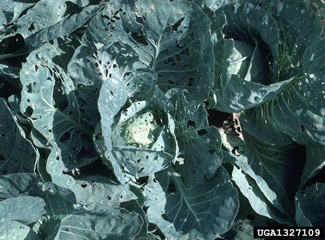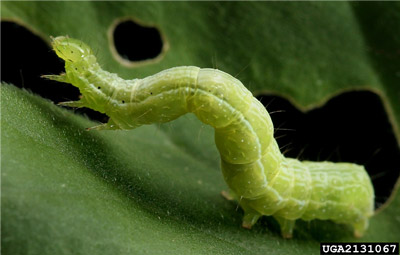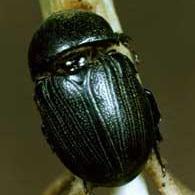Pest Management for Animals & Livestock
Just like pests of agronomic crops, pests of animals are best managed using integrated pest management.
Learn more about how to treat animals for pests
IPM is the abbreviation for Integrated Pest Management -- not "Insect Pest Management." Insect pest management is a dynamic process that uses IPM as a strategy for managing insect pests.
IPM combines biological, cultural, physical, and chemical control methods in a way that minimizes economic, health, and environmental risks.
The goal of IPM is to achieve long-term suppression of target pests with minimal impact on non-target organisms and the environment. IPM strategy is universal across all disciplines of pest management.

1. Inspection / Monitoring for pest presence or damage
2. Pest Identification
3. Establishment of an action threshold (when you should intervene to prevent intolerable damage)
4. Use of appropriate control measures that are economically feasible & environmentally compatible, choosing from:
a. Cultural / Mechanical / Physical
b. Natural / Biological
c. Chemical
5. Evaluation of effectiveness through continued inspection / monitoring and adequate record keeping
Helpful Resources
MP144 - Insecticide Recommendations for Arkansas
Pesticide Training, Licensing, Education and Recommendations
Just like pests of agronomic crops, pests of animals are best managed using integrated pest management.
Learn more about how to treat animals for pestsIPM is an essential part of row crop production, helping producers farm more efficiently and reduce reliance on pesticides.
Get resources for crops & insectsA number of insect pests can cause severe damage in orchard crops such as pecan and peach.
Explore our information about fruits, nuts, vegetables & insect control
Insect pest management publications and training links.
Read more about general insecticide informationControl of insects and other arthropods associated with people's surroundings and activities at home, work, and play.
Learn more about urban entomology